SWIR Cameras & Cores
What is SWIR Imaging?
Shortwave infrared (SWIR) imaging detects light in the 900 nm to 2500 nm wavelength range, which is invisible to the human eye. Unlike thermal imaging (MWIR/LWIR) that sees emitted heat, SWIR imaging captures reflected light. This fundamental difference means SWIR images have shadows, contrast, and detail much like a standard black-and-white photograph. A key advantage of SWIR is its ability to penetrate atmospheric obscurants like fog, smoke, and haze better than visible light.
The Technology Behind SWIR Cameras
Standard silicon sensors, found in everyday cameras like in your smartphones, cannot detect light beyond about 1000 nm. Therefore, SWIR cameras rely on specialized sensors mainly made from indium gallium arsenide (InGaAs). InGaAs has a suitable bandgap energy ( eV) that allows it to efficiently absorb and convert SWIR photons into an electrical signal.
Compared to longer-wavelength thermal imaging, the shorter wavelengths of SWIR light allow for higher-resolution images, enabling the capture of much finer details with the same size optics.
Advancements in SWIR Sensors
Modern SWIR technology has expanded sensor capabilities:
- Broader Spectrum: Some sensors, like Sony’s SenSWIR™, can detect a wide spectrum from visible light to SWIR (400 nm to 1700 nm) on a single chip. This is useful for several applications including multispectral and hyper-spectral imaging as well laser beam profiling or photonics on chip inspection.
- Extended Range: By modifying the InGaAs alloy, “extended-range” sensors can detect up to 2200 nm. This is useful for applications like hyperspectral imaging to identify materials based on their unique molecular absorption properties, such as water or hydrocarbons.
- Trade-offs: Pushing to longer wavelengths increases electronic noise, often requiring integrated cooling systems to maintain image quality.
Axiom Optics’ SWIR Solutions
Axiom Optics supplies high-performance InGaAs SWIR cameras for various demanding applications. Our portfolio includes cameras with features such as:
- High frame rates for capturing fast events: the C-RED cameras are our fastest InGaAs cameras with 600 fps in full VGA resolution and >1,000 fps by windowing the sensor. This is ideal for applications such as free-space optics (FSO), adaptive optics (AO), target tracking, spectroscopy or welding and additive manufacturing.
- High resolution for maximum detail: we offer several cameras with the IMX992 sensor from Sony with 5.3 MP and the smallest pixel pitch on the market with 3.45 µm. These cameras are ideal for semiconductor and solar cell inspection with a SWIR microscope setup for instance, laser detection and tracking and some space applications.
- High sensitivity with very low noise for low-light conditions: the C-RED 2 camera comes with a readout noise of only <30 e- and a low dark current of ~300 e-/pix/sec, thus allowing long exposure times for the most photon starved applications such as electroluminescence (EL) and photoluminescence (PL) inspection techniques for the detection of defects in semiconductors.
- Compact and lightweight designs for drones and portable systems: the Alvium SWIR cameras with up to 5.3MP are the lowest SWaP cameras we offer. They are available with housing or as bare-board level cameras.

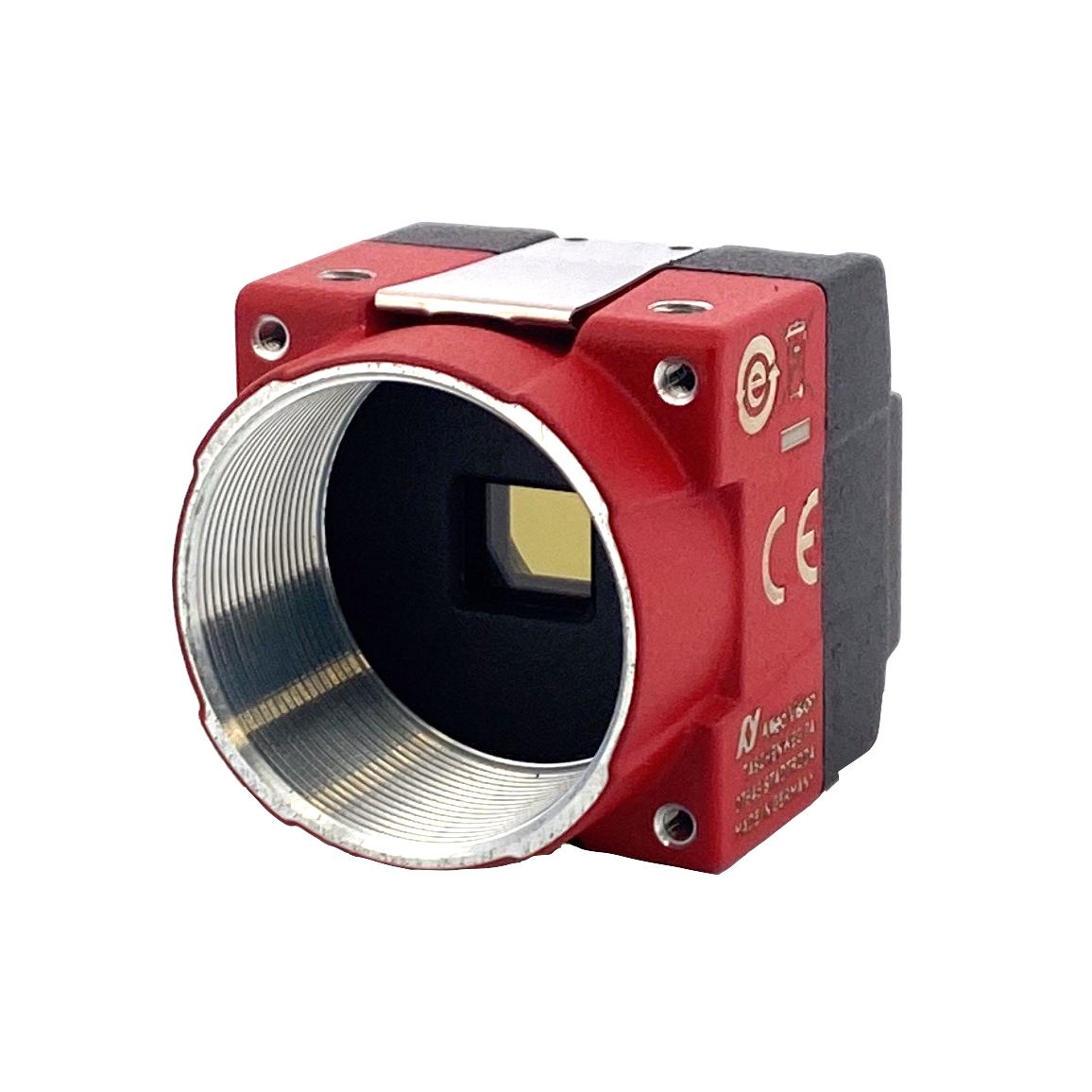
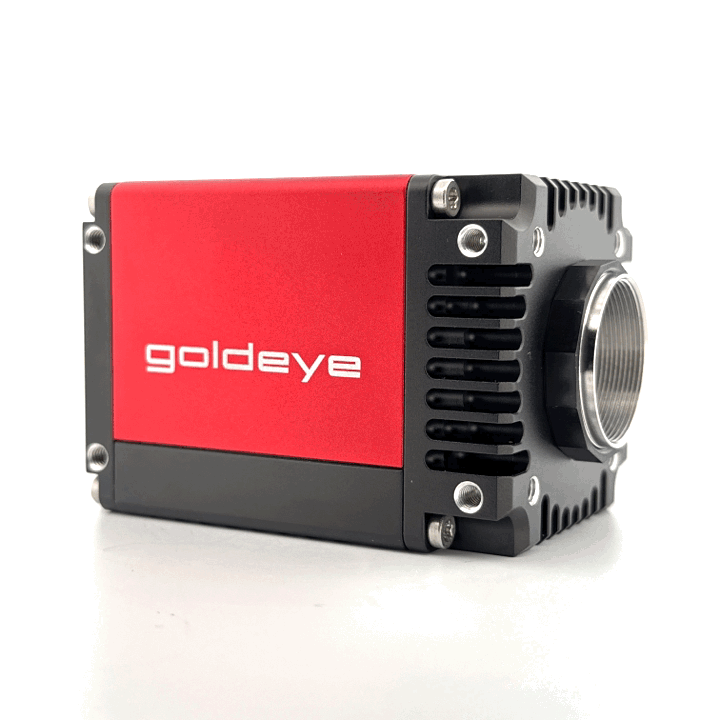
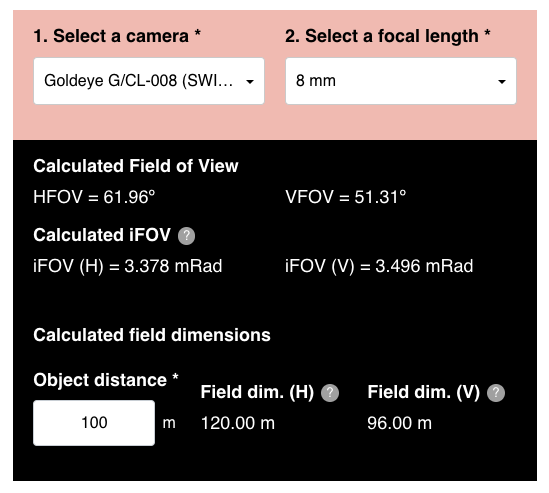

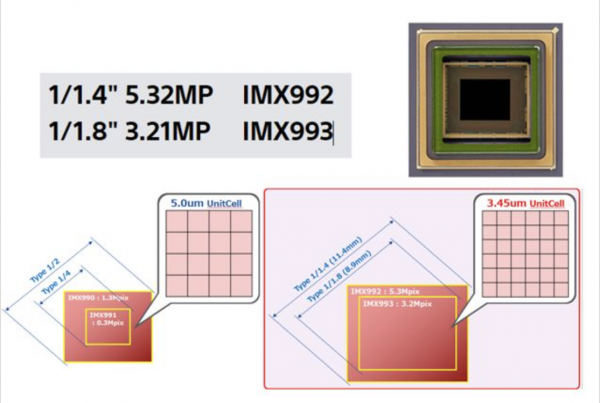



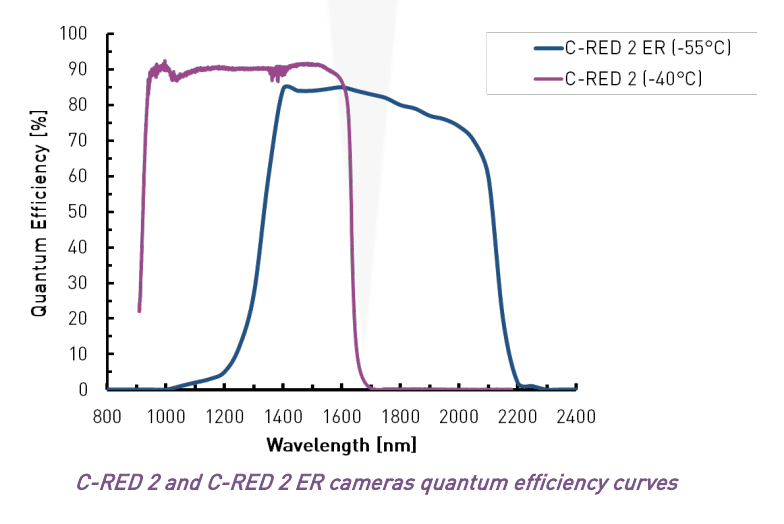 Extended range SWIR imaging
Extended range SWIR imaging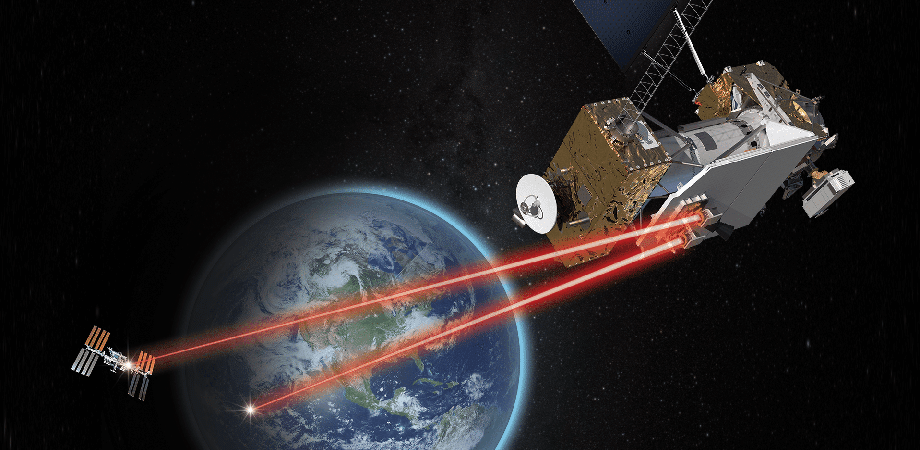 FSO & AO
FSO & AO Long exposure times up to 2 min
Long exposure times up to 2 min